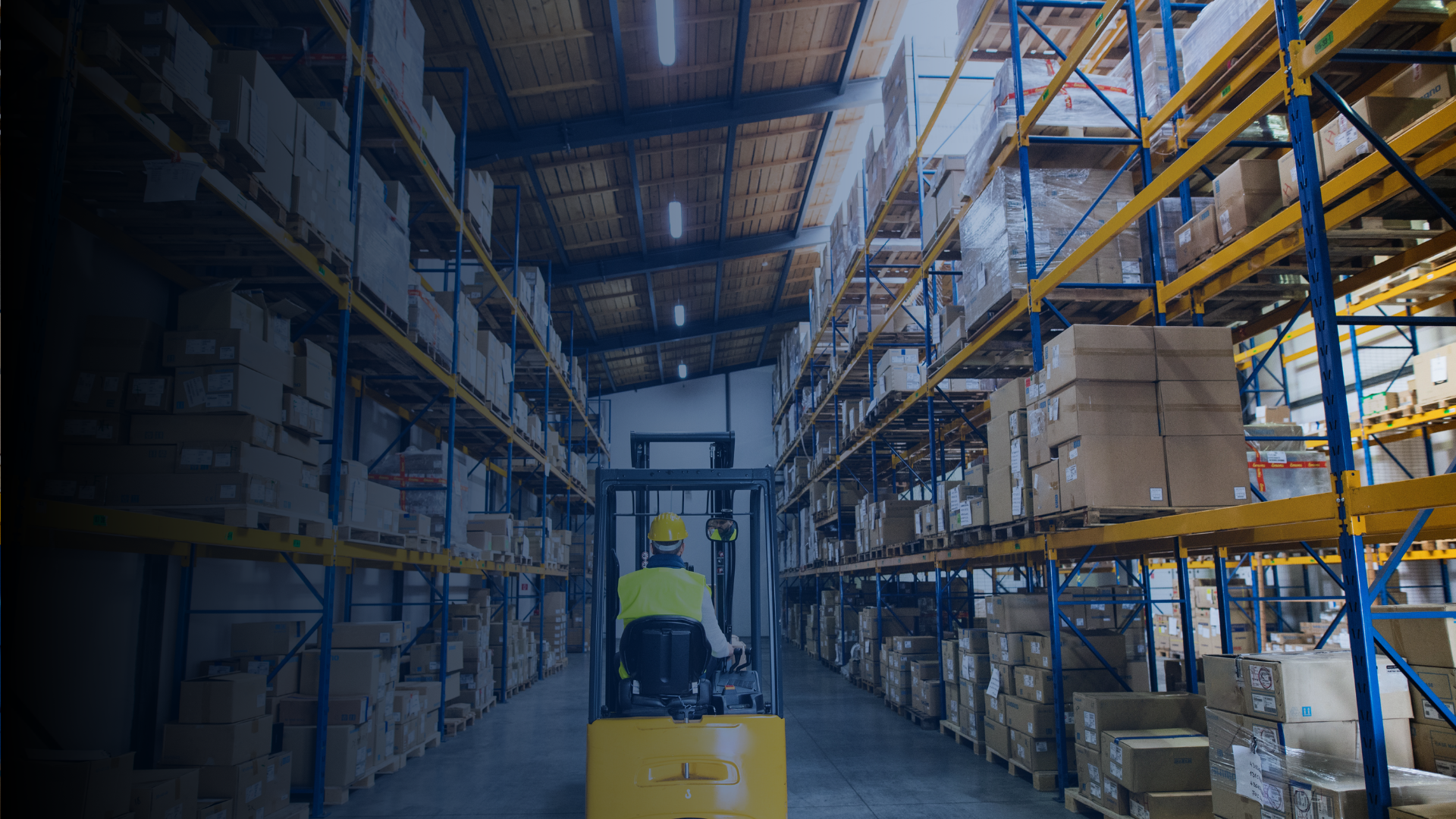When tariffs strike, the impact is rarely uniform. One product may see a 25% increase, another 104%, and a third, nothing at all. Supply chain leaders today face an increasingly erratic global landscape where disruption isn’t an “if,” but a “when.” The question isn’t whether to diversify sourcing, it’s how fast can you do it, and how intelligently. Smarter sourcing isn’t just about tariffs—it’s about protecting margins, reducing exposure, and driving competitive resilience
During our recent Tariff Roundtable, supply chain executives from manufacturing and distribution shared how they’re adjusting sourcing strategies to manage the latest round of tariff shocks. Their common message? Geographic agility and proactive vendor management are non-negotiable.
The Era of Strategic Sourcing Redundancy: Why One Source is No Longer Safe
For years, many companies relied heavily on China-based manufacturing, only to be blindsided by 25%, then 104% tariff hikes. But those who had already begun spreading production across Vietnam, Korea, Malaysia, and Mexico were better positioned to avoid immediate pain.
As one panelist put it, “We saw the writing on the wall. The first round of tariffs forced us to get creative and build capacity outside of China. That gave us a runway. Now, we’re using that infrastructure to stay nimble.”
But diversification alone isn’t enough, it must be coupled with granular visibility into how tariffs apply. For example, a product sourced from Vietnam might carry a 46% base tariff, but only 25% on certain components. It’s not enough to know tariffs by country. Leaders are mapping exposure at the SKU level to understand real landed cost impact and make smarter sourcing calls.
Making Sourcing Moves with Precision
The most successful teams aren’t reacting blindly. They’re doing this:
- Scrutinizing supplier performance from the last crisis and offboarding those who struggled.
- Building alternate supplier relationships before the pain hits, not after.
- Using data to model landed cost changes based on potential tariff scenarios.
One distributor noted, “In some cases, we had to stop buying from Mexico, not because the tariffs were highest, but because our cost model couldn’t absorb the premium compared to alternate suppliers.”
The goal isn’t to move everything offshore or onshore. It’s to maintain flexibility so you can move production as needed, without destabilizing your supply chain.
Modern Strategic Sourcing: Risk, Flexibility, and Future-proofing
Strategic sourcing today is less about finding the lowest price and more about balancing risk, responsiveness, and long-term viability. Panelists emphasized three key tactics:
- Multi-sourcing priority SKUs to avoid dependency on any single geography.
- Collaborating with vendors on temporary price shielding or volume-based discounts.
- Maintaining close communication loops across sourcing, planning, and pricing teams.
Some shared that their suppliers, particularly those who depend heavily on their volume, were more open than ever to “sharing the pain.” That partnership mindset proved critical.
Looking Forward: Agility Over Accuracy
No one on the panel pretended to have a crystal ball. But they agreed on this: if you can’t respond fast, it doesn’t matter how accurate your plan was two weeks ago.
Their advice? Don’t wait for the perfect forecast. Build muscle for making fast decisions. Keep a flexible supply network. And stay in close contact with both your suppliers and internal teams.
This kind of agility isn’t just about reacting faster. It’s about future-proofing against macro trends like nearshoring, digital procurement, and ESG mandates. Whether it’s a new round of tariffs, carbon-related border taxes, or supplier instability due to geopolitical shifts, leaders need sourcing strategies that adapt and evolve.
The playbook for sourcing during uncertainty is still being written, but one thing is clear: agility wins over perfection.















